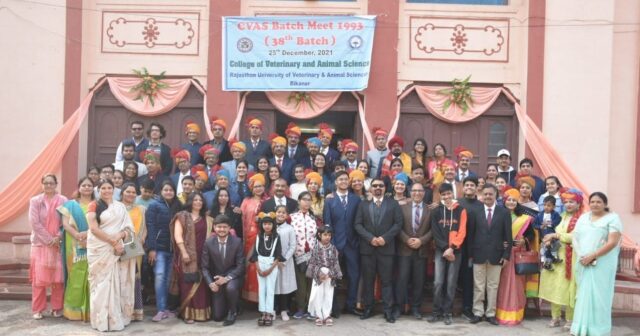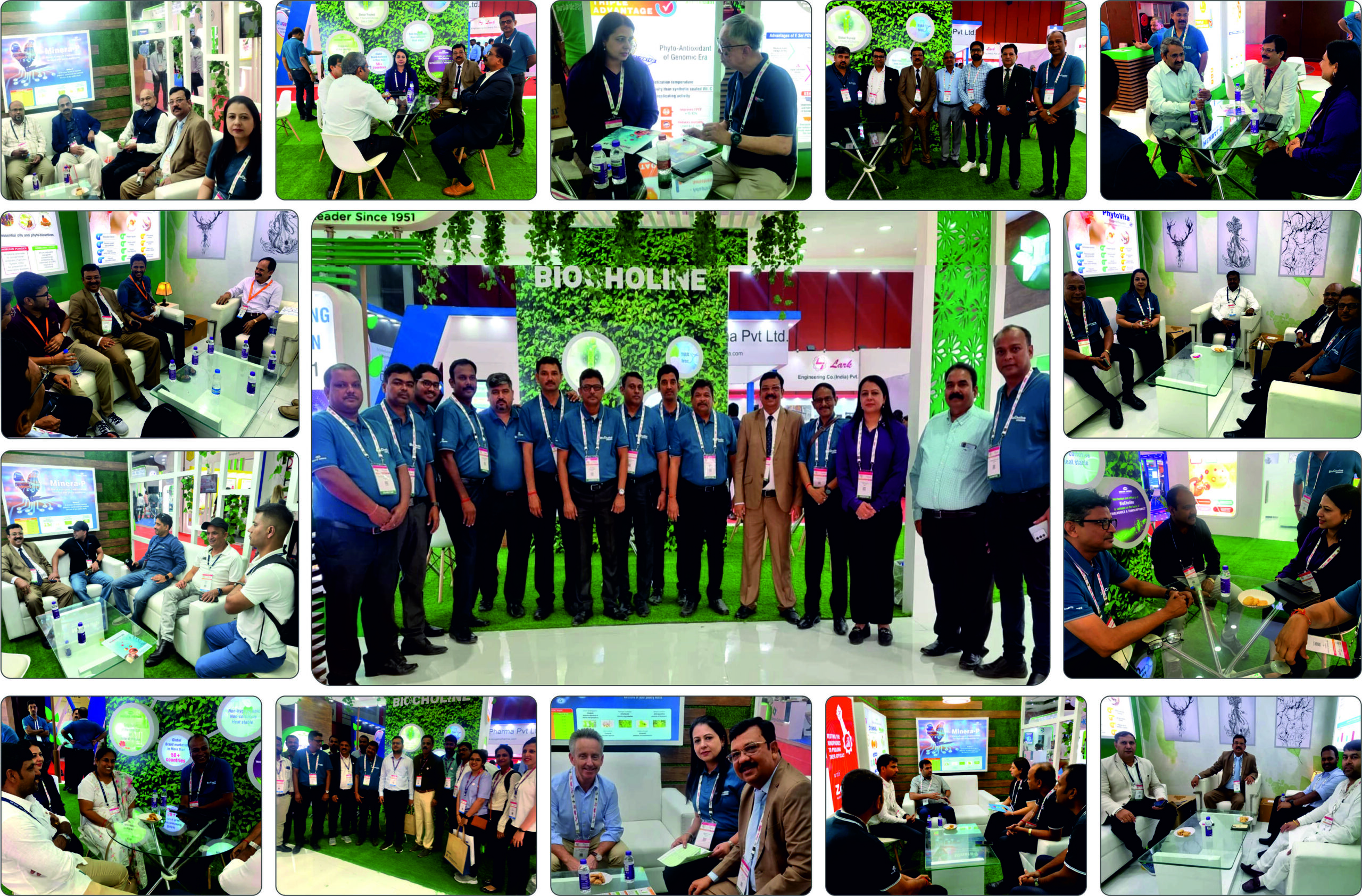
Genomic Selection
Utilizing genetic markers which cover the entire genome to ensure that every quantitative trait locus (QTL) is in linkage disequilibrium with at least one marker is known as genoadidas yeezy prezzo basso jordan air force 1 nfl gear iwona wig scarpe da scoglio yeezy sale belletress caliente nike ispa 270 nike air jordan 1 mid se custom kings jersey lace front human hair wigs adidas yeezy boost 350 v2 dazzling blue adidas yeezy boost 350 v2 mono ice custom triathlon jersey ford parts onlinemic selection, a type of marker-assisted selection. Through genome sequencing, several Single Nucleotide Polymorphisms (SNPs) have been found. According to experimental data, breeding values can be predicted with high accuracy using genetic markers alone. However, additional validation is needed, particularly in samples of the population that differ from the population used to evaluate the influence of the markers.GS is a type of marker-assisted selection that uses a large number of genetic markers across the entire genome. It predicts the genetic value of selection candidates based on the genomic estimated breeding value (GEBV).
GS can be used to develop new breeding programs and genetic evaluation models. It can also help to:
- Increase genetic gain of complex traits
- Accurately predict complex polygenic traits, such as disease resistance
- Increase rates of genetic gain
- Minimize inbreeding
- Increase dairy cattle productivity
In contrast to MAS and its focus on a few significant markers, GS examines together all markers in a population. Since the initial proposal of GS for application in breeding populations, it has been emerging as a solution to the deficiencies of MAS.
The MAS has presented two main limitations in breeding applications. First, the bi-parental mapping populations are used for most QTL analyses, limiting their accuracy. This represents a problem because a single bi-parental population cannot represent allelic diversity and genetic background effects in a breeding population.
Furthermore, polygenic traits (or complex traits) controlled by several small-effects markers have been an incredible hassle for MAS. The statistical methods applied for identifying target markers and implementing MAS for improvement of polygenic traits have been unsuccessful.
General principle of genomic selection
First a lot of information needs to be collected on a select group of animals: the reference population. All animals in this reference population are genotyped for a very large number of SNP (nearly 60000) that are nicely spread across the entire genome. Genotyping for more SNP is more expensive, but will also result in more accurately estimated associations between the SNP and the phenotypes (i.e. the SNP effects).A larger population allows for more accurate estimates of the SNP effects but is expensive to maintain.
For every genetic marker, the associations between genotype and phenotype will be computed based on the genotypes and phenotypes of the reference population. The estimated impacts are then integrated to create what are known as prediction equations. The prediction equations are set up in a way that estimates the impact of every genotype found in the reference population for each SNP. This is one of the reasons you need a big reference population: each genotype needs to be represented by a sufficiently large number of animals in order to appropriately evaluate all these SNP effects. By using these equations to the SNP genotypes of animals outside the reference population, the breeding value of those animals may now be determined. These breeding values based on genomic information only are called genomic breeding values, or g EBV.
Suman1, NiteshJat1 , Yashmita Shekhawat1, Vaishali Pareek1 ,Radha Rani Sawami1, Anju Kumari1














